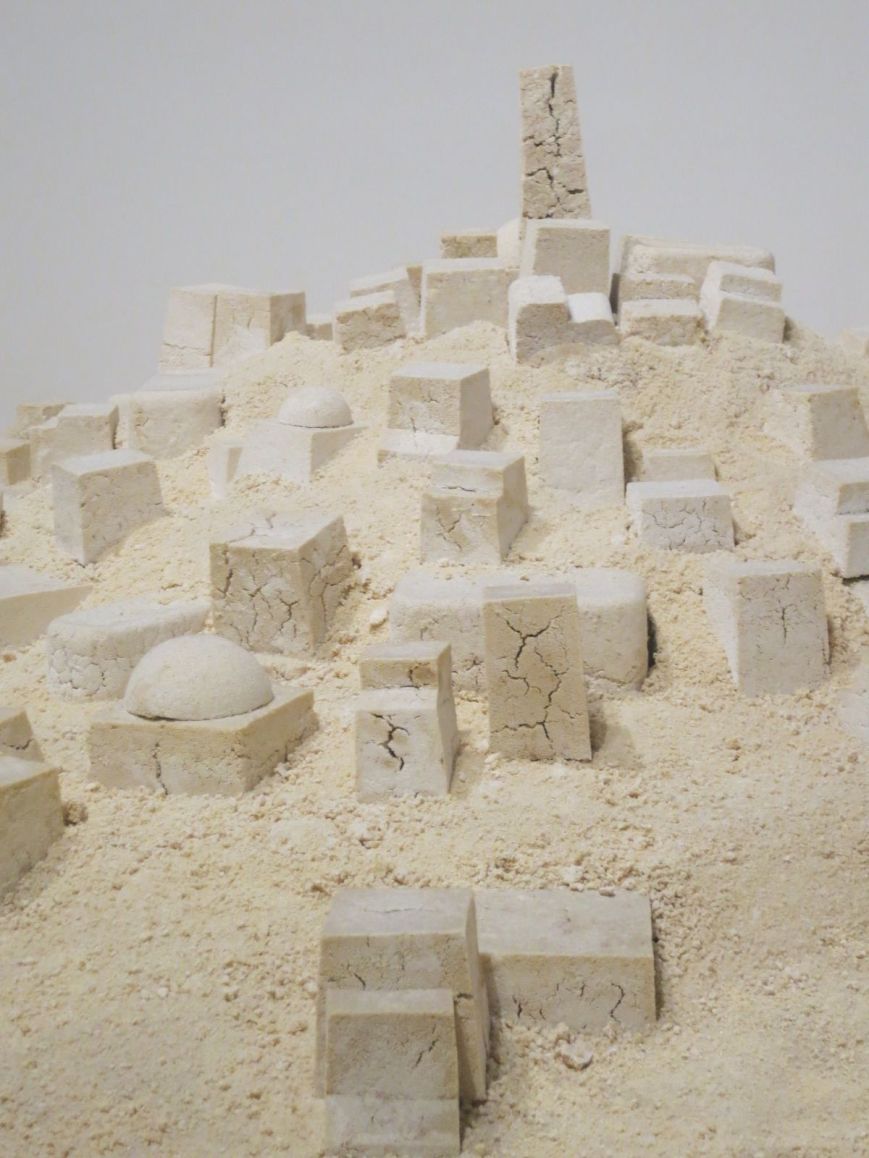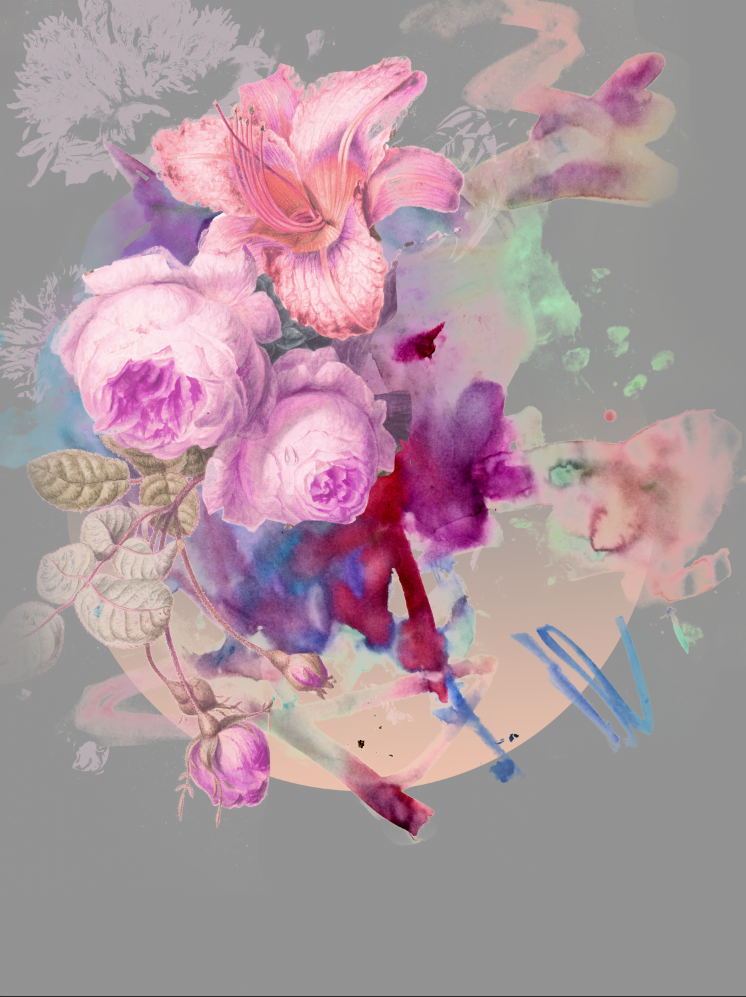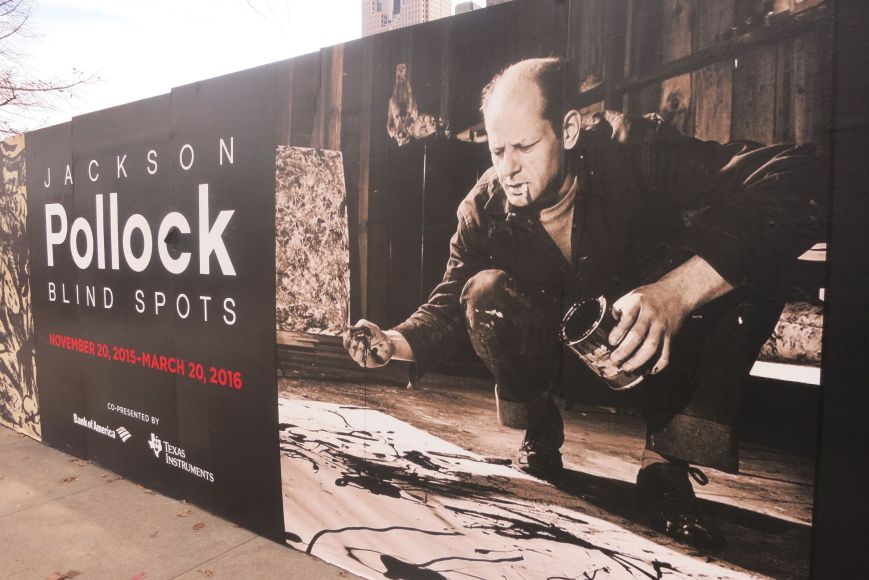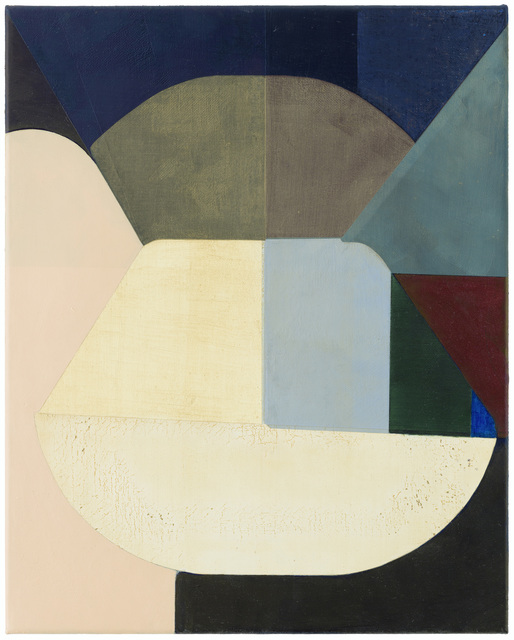Wandering around in the fabulous Tate Modern in London I walked into a small but interesting exhibit Living cities.
The displayed works from artists around the world examine the modern city using a range of materials including leather and couscous.
Some of my personal favourites are below.
Damian Ortega (°1967 Mexico, works in Mexico and Germany) has replicated floor plans of modernist apartment buildings from around the world using cow leather. The resulting cut-outs are installed as hanging sculptures. Each work’s title gives the name of the building, its date of completion, architect and location.These residential apartments were conceived to replace existing ineffective city housing with egalitarian structures. Ortega’s soft sculptures offer a gentle critique of modernism’s promise to transform how we live.

Damian Ortega, Skin, 2007
Skin, Przyczolek Grochowski Estate, LCS, 1963, Oskar Hansen, Warsaw, Poland 2007.
Skin, Centro Urbano Prsidente Aleman C.V.P.A. 1950, Manio Pani, Mexico City, Mexico 2007.
Skin, L’Unité D’Habilitation à Berlin, 1956-1958, Le Corbusier, Berlin, Germany 2007.
The large-scale collage below by Mark Bradford (°1961, USA) included materials found by the artist on the streets around his studio in Los Angeles. The collage is constructed entirely from paper fragments which the artist believes ‘act as memory of things pasted and things past. You can peel away the layers of papers and it’s like reading the streets through the signs.’

Los Moscos, 2004 by Mark Bradford (mixed media on canvas)
It was lovely to see the work ‘Ghardaïa’ by Kader Attia (°1970, France) in person. On the table is a model , made entirely of couscous, of the ancient Algerian city of Ghardaïa. The prints next to it show a photograph of architect Le Corbusier who has visited Ghardaïa in 1931 and adapted elements of the buildings in his own designs. There is also a photograph of Fernand Pouillon, one of Le Corbusier’s followers, who drew upon these ideas to design the social housing project in suburban Paris where Attia grew up as a child of Algerian parents. The artist’s own history and the wider post-colonial relationship between Algeria and France come together in this work.

Ghardaïa (2009) by Kader Attia (cooked couscous on wooden table and digital prints on paper)

Ghardaïa by Kader Attia – detail






























